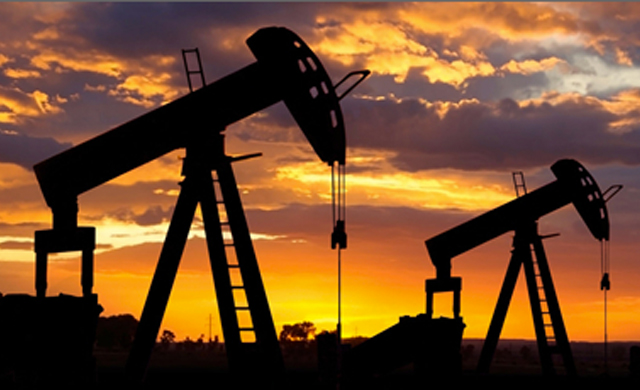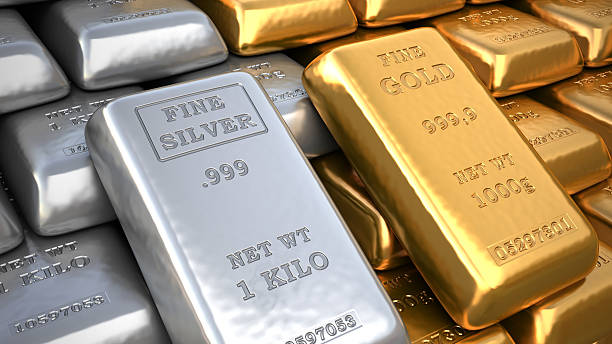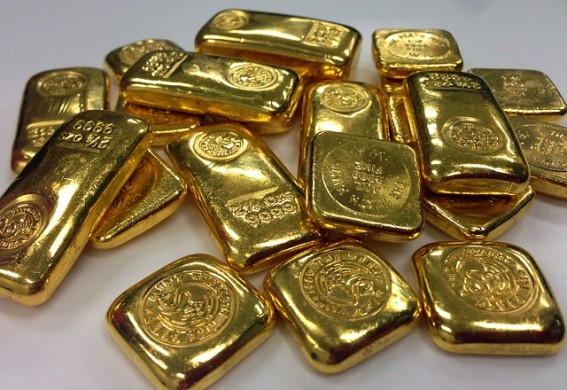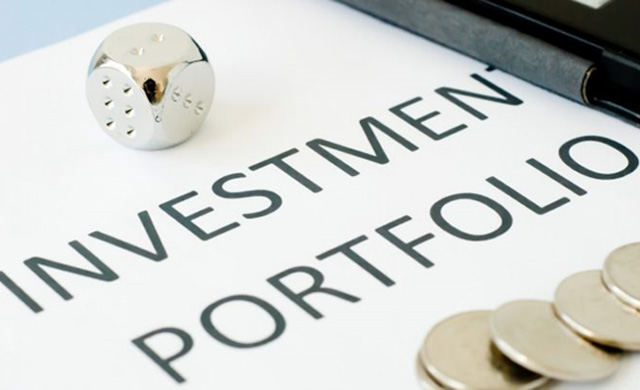I bought BHP shares in the depths of the commodity cycle depression in 2015 at £10.43. Then they fell to around £6.08. Not believing in stop-losses, but rather focused on the fundamentals of the business I did not sell. However, I have sold now at £16.90. After including the dividends of 127p over the period, the return was 74%. (Also, I topped up on BHP 9 months ago at £13.69 so this investment has produced a 29% return after including the 72.4p of dividends).
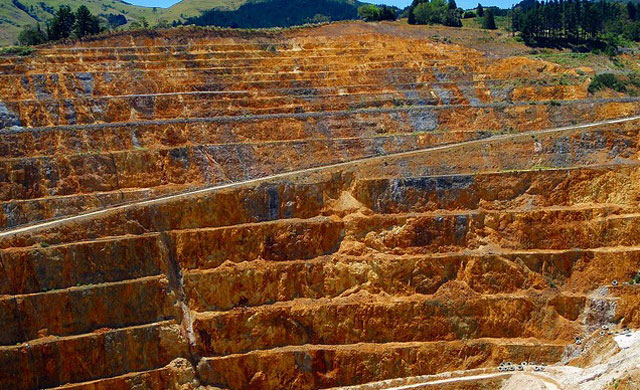
(Earlier Newsletters on BHP: 29th September 2015 – 5th October 2015, 1st – 4th August 2017)
Rationale for selling
The decision on when to sell is a very difficult one to make and there is a good chance that I have sold too early. The answer to why I did it is that:
(a) Its CAPE has jumped
When I first bought its shares the company’s ten-year cyclically adjusted price earnings ratio was 7.5, about half the CAPE for the average UK share. The share had been pushed down from around £26 to around £10 on fears that commodity prices (iron ore, copper, oil and coal) were going to remain at very low levels.
Now its share price is over 15 times its average earnings per shares over the last 10 years, slightly higher than that for the average UK share.
(2) This company’s shares respond to the commodity cycle
If I was to hold at this point I would be doing so, not as a deep value investor, but as a speculator on the continuing rise in commodity prices. This is beyond my circle of competence. I have no idea where the price of iron ore or copper will go.
The difference in 2015 was that I figured BHP to be the low cost producer (see earlier Newsletters for the analysis), thus even in a poor market for sellers it would survive until competitors had exited – and then the price would rise, eventually.
At £17 a share that margin of safety is no longer there. Mr Market is saying – and could well be correct – that this company will go on to generate terrifically good ca………….
………………To read the rest of this article, and more like it, subscribe to my premium newsletter Deep Value Shares – click here http://newsletters.advfn.com/deepvalueshares/subscribe-1

 Hot Features
Hot Features

